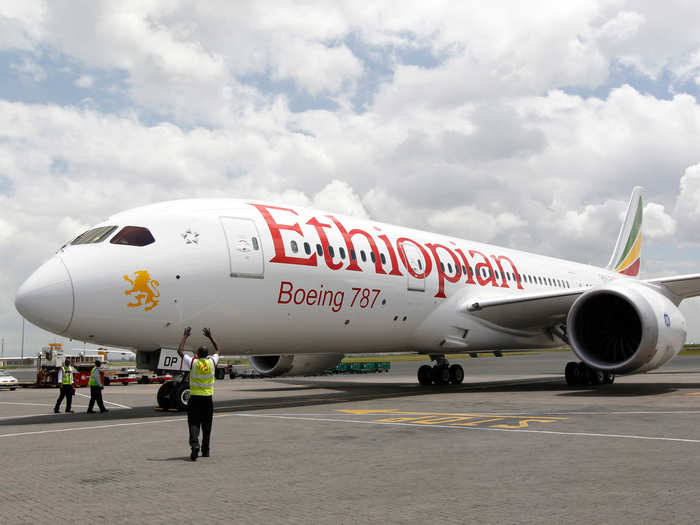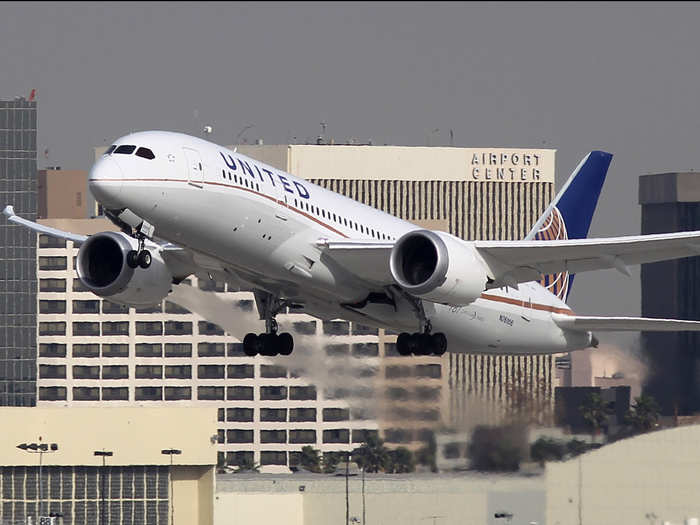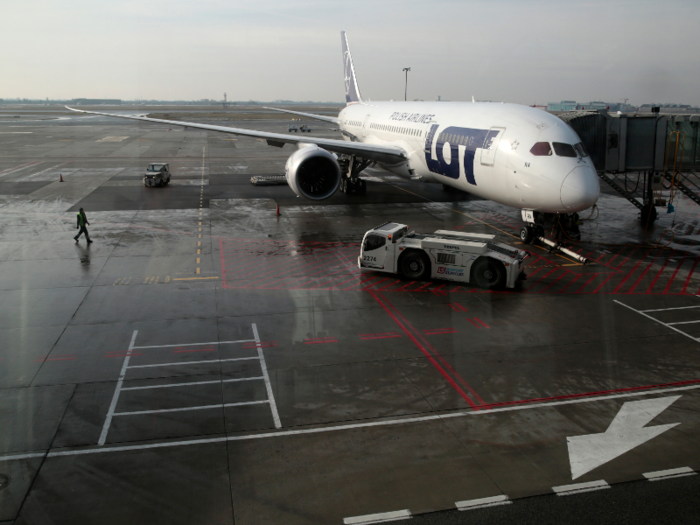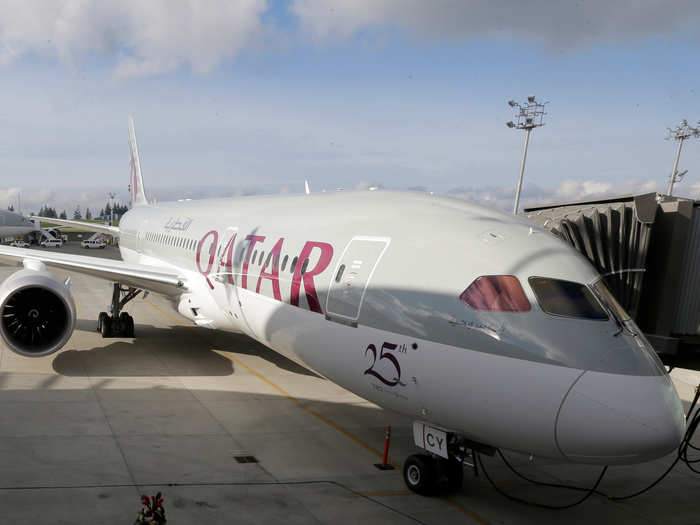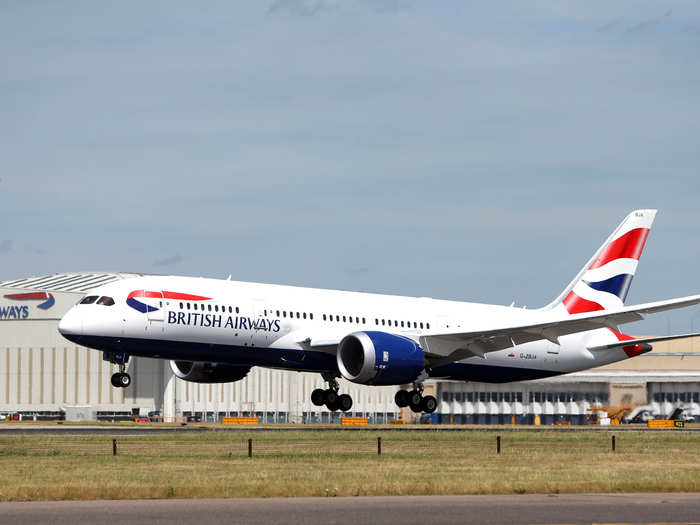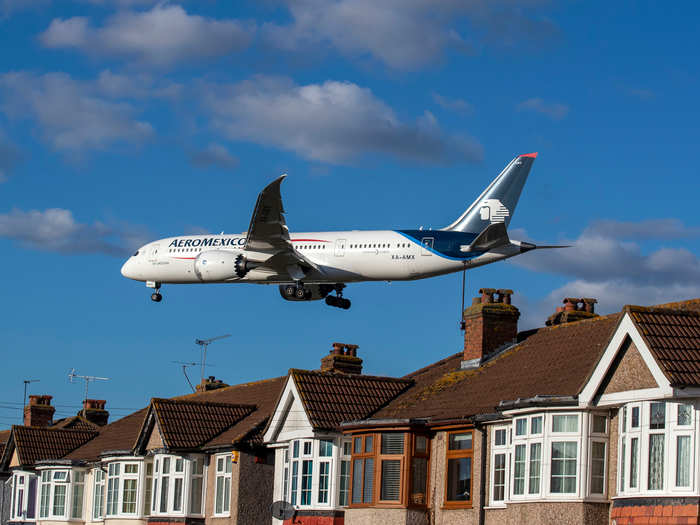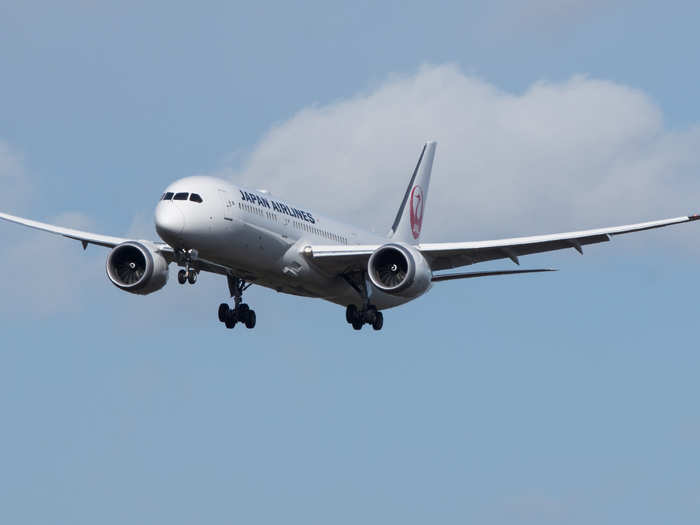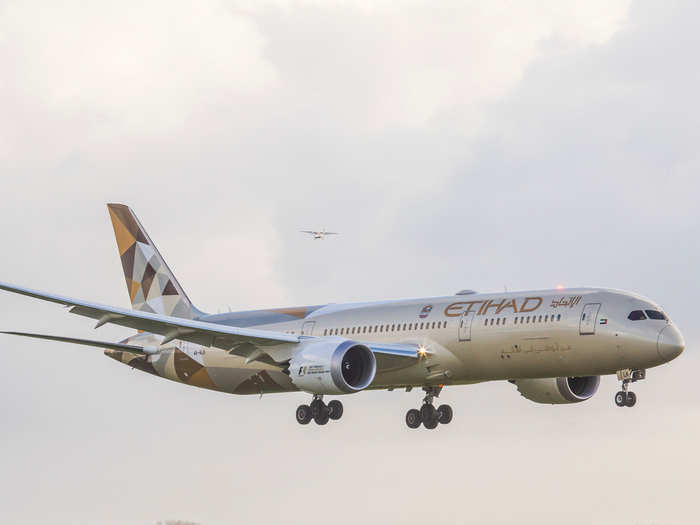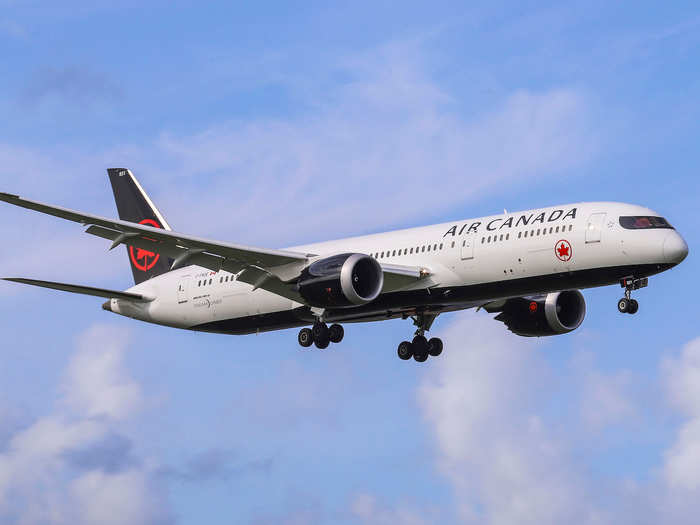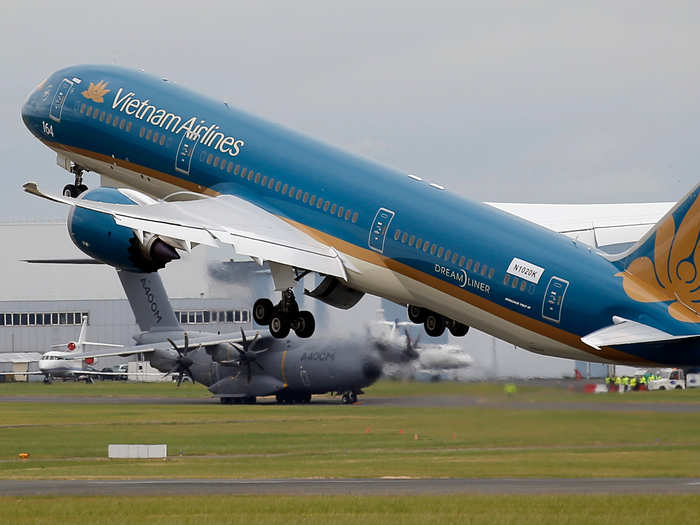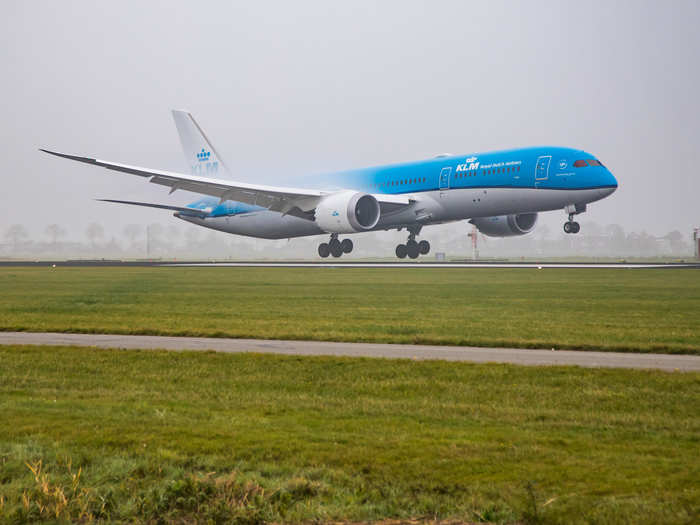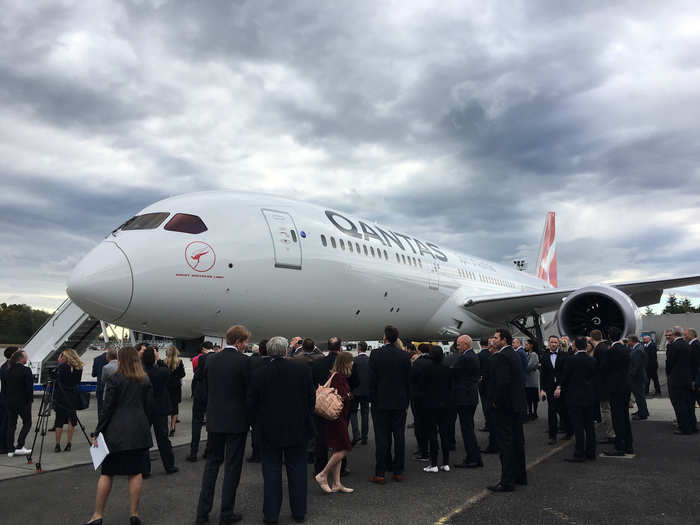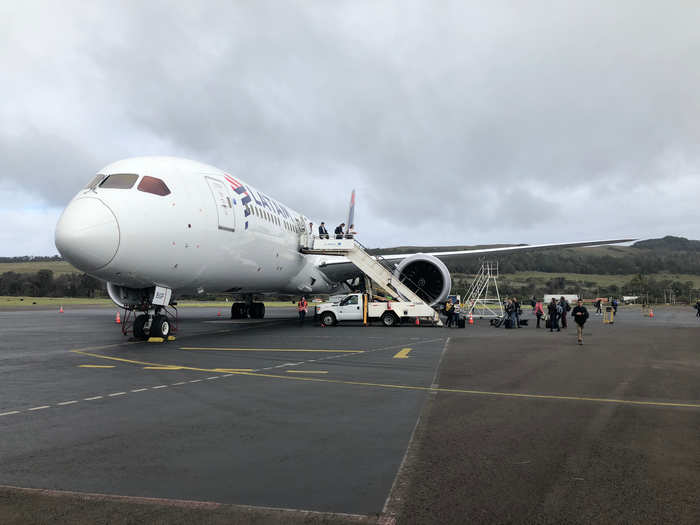- Home
- slideshows
- miscellaneous
- Boeing's revolutionary 787 Dreamliner has changed air travel forever. Here's how the company left competitors in the dust with a risky $8 billion bet.
Boeing's revolutionary 787 Dreamliner has changed air travel forever. Here's how the company left competitors in the dust with a risky $8 billion bet.
The Boeing 787 Dreamliner brought aviation into a new next-generation era when it took its first flight on December 15, 2009, and represented the future for Boeing Commercial Airplanes.

After years of building wide-body aircraft with four engines, it wasn't until the 1990s that Boeing shifted to twin-engine wide-body aircraft.
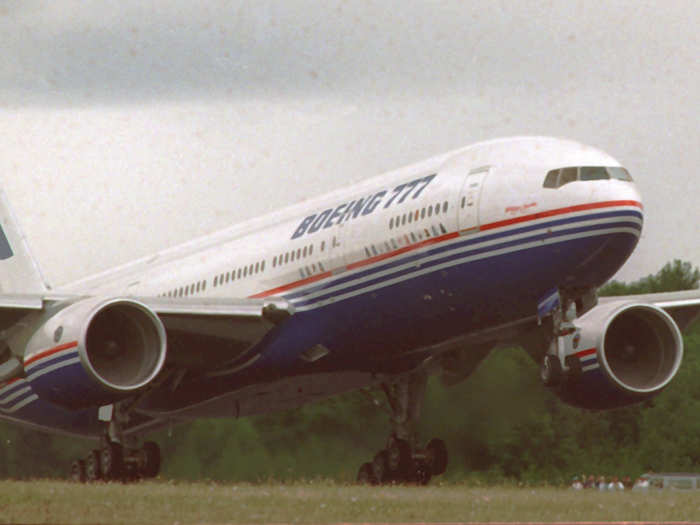
Following the success of the 777, Boeing's best-selling wide-body aircraft, Boeing decided to continue the trend with a focus on efficiency and launched a new program in 2003 dubbed the "7E7."
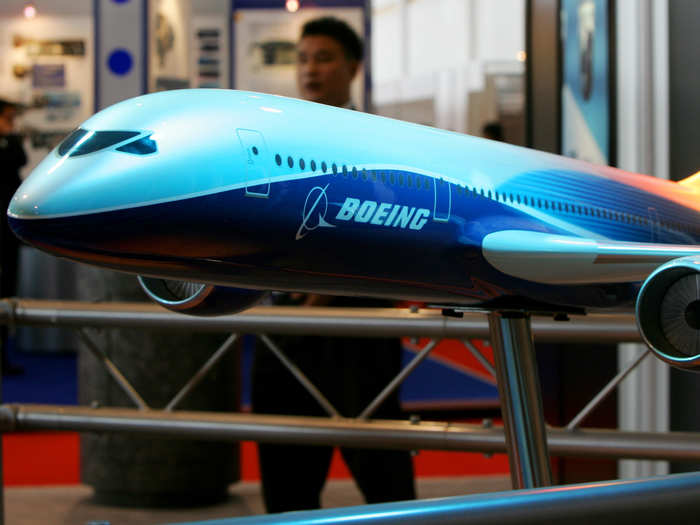
Source: Boeing
The "E" would be the focal point for the aircraft, representing that the aircraft would lead in such factors as efficiency, economics, and environmental standards.
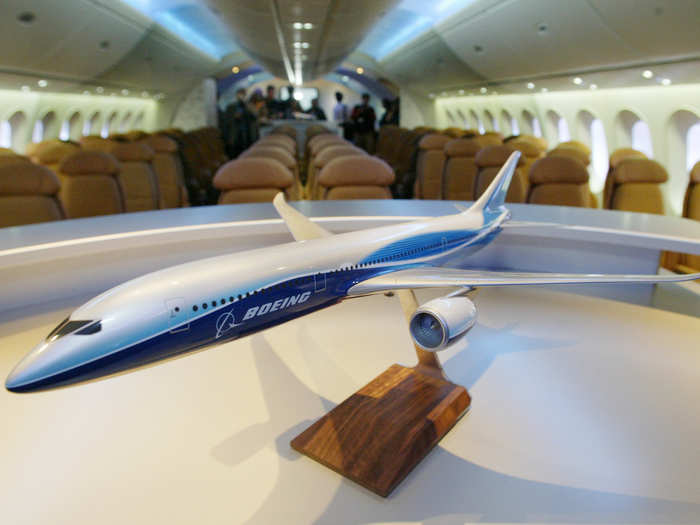
Source: Boeing
Instead of trying to level up the 777, Boeing looked back to see which seat market could be improved. It decided upon the 200-to-250-seat market that was served by the Boeing 767. The 7E7 wouldn't be Boeing's largest or fastest plane, but it didn't need to be.
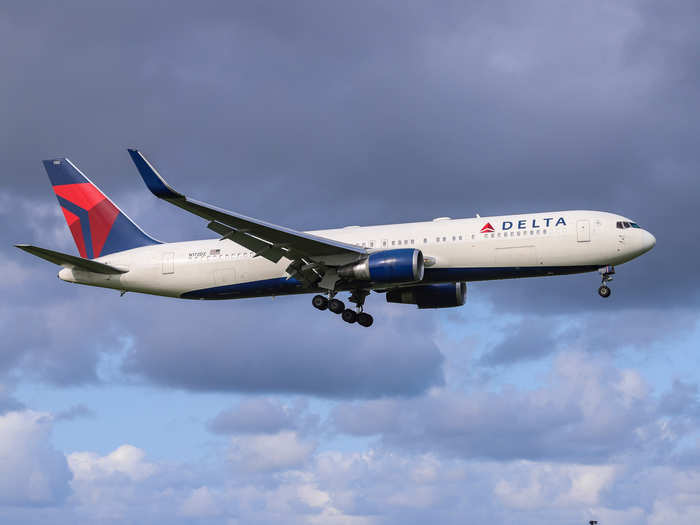
Source: Boeing
The new aircraft would be called the Dreamliner following a worldwide vote and given the designation of the 787 as it followed the 777. Other potential names for the aircraft included the Global Cruiser, eLiner, and Stratoclimber.
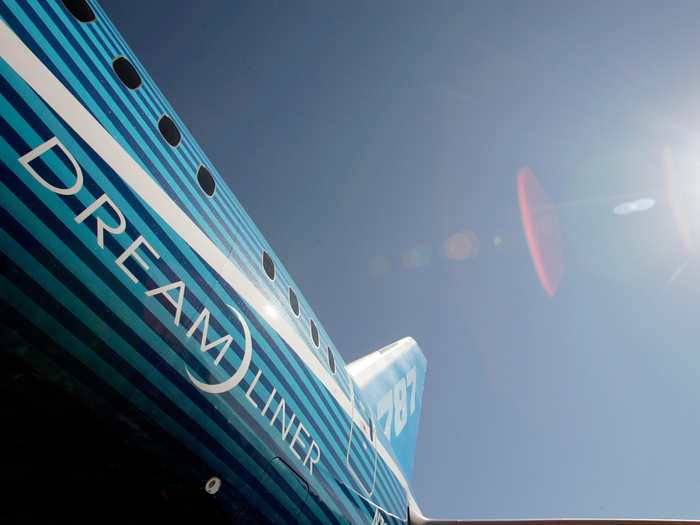
Source: Boeing
Boeing began the $8 billion development of the aircraft in 2004 when Japan's All Nippon Airways placed a $6 billion order for 50 of the type, making Boeing history with the largest order for a new passenger jet aircraft.

Source: Boeing and New York Times
Before production on the first model began, Boeing was already touting its capabilities including ranges of up to 8,500 nautical miles, 20 percent less fuel consumption compared to similar aircraft and a slew of passenger-friendly amenities.
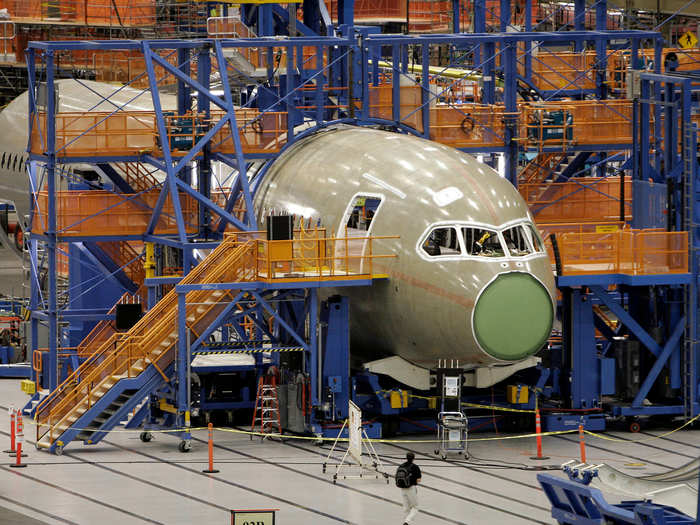
Source: Boeing
Airlines would have a choice with the Dreamliner on what would be powering the aircraft with Boeing installing a standard engine interface to accommodate two models, the General Electric GEnx…
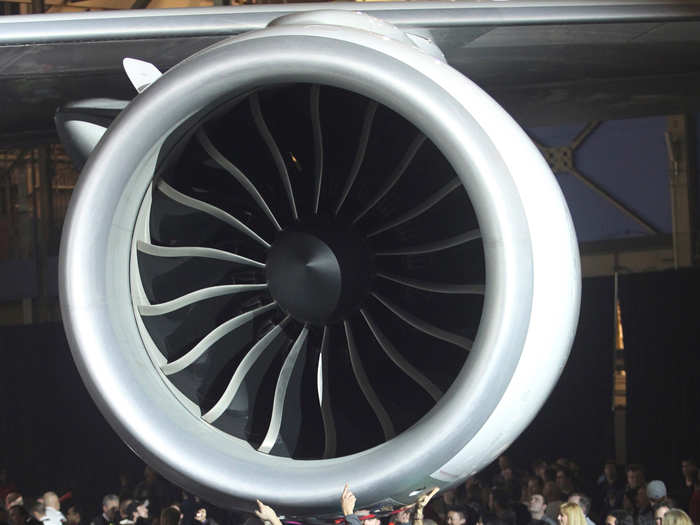
Source: Boeing
And the Rolls Royce Trent 1000, the engine which would later cause trouble for the aircraft.
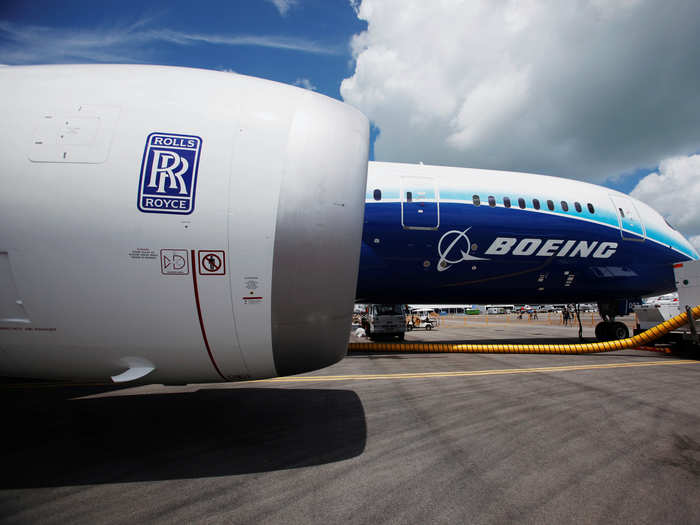
Source: Boeing
Driving its efficiency would be its one-piece carbon fiber fuselage, a lightweight alternative to aluminum that reduced the need for rivets and panels to assemble the aircraft.
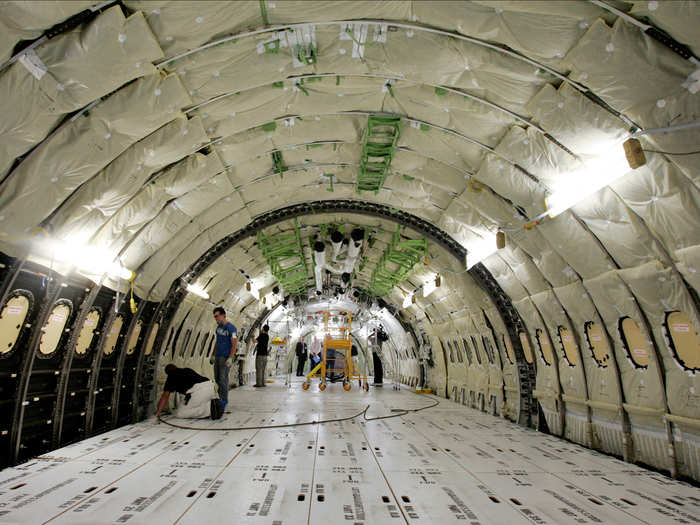
Source: New York Times
Analysts were watching its development closely as an aircraft of this caliber had never been attempted before and it was a big bet for Boeing that would determine its position in commercial aviation for years to come.
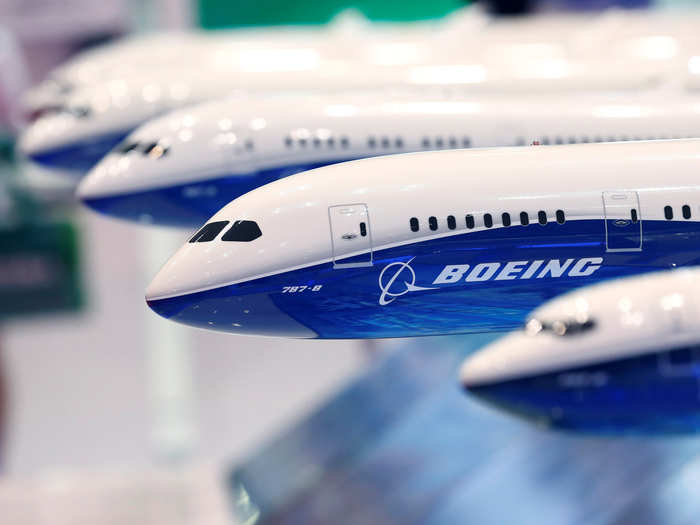
Source: New York Times
Though initial sales were record-breaking, Boeing would ultimately have to live up to its promises of increased efficiency and better economics on a new type of plane it had never built before.

Source: New York Times
Boeing would produce three variants, the smaller -8, mid-size -9, and larger -10.
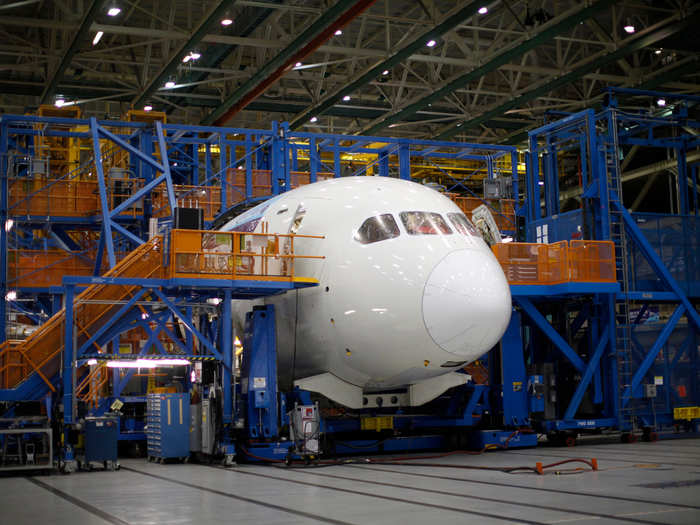
Production would be a global affair, with companies in countries such as the United Kingdom, Japan, France, and Italy taking part in developing various aspects of the aircraft.
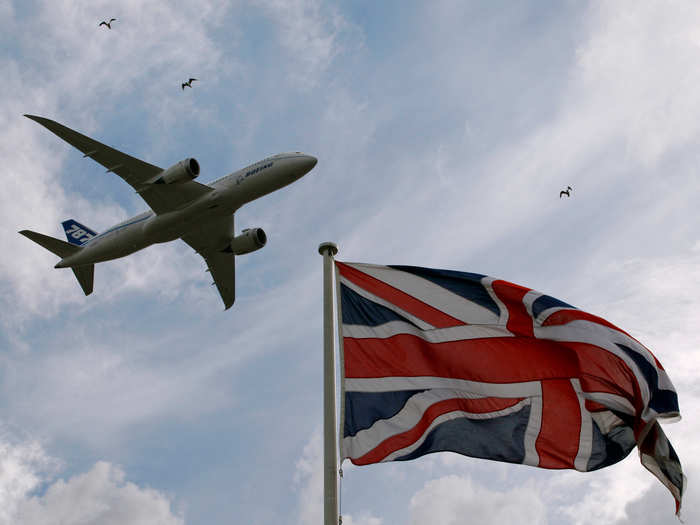
Source: New York Times
When the first -8 variant was first unveiled in 2007, the aircraft was unlike anything flying at the time and looked nothing like any other products that came from Boeing's facilities.
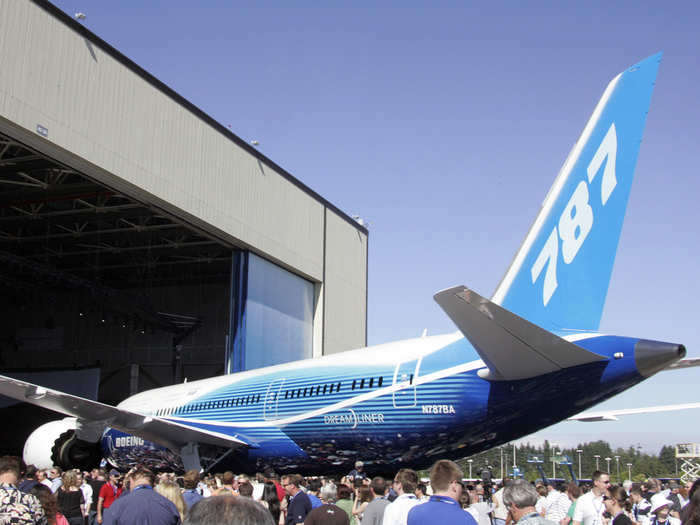
Everything about the aircraft's appearance was distinct including the cockpit windows…
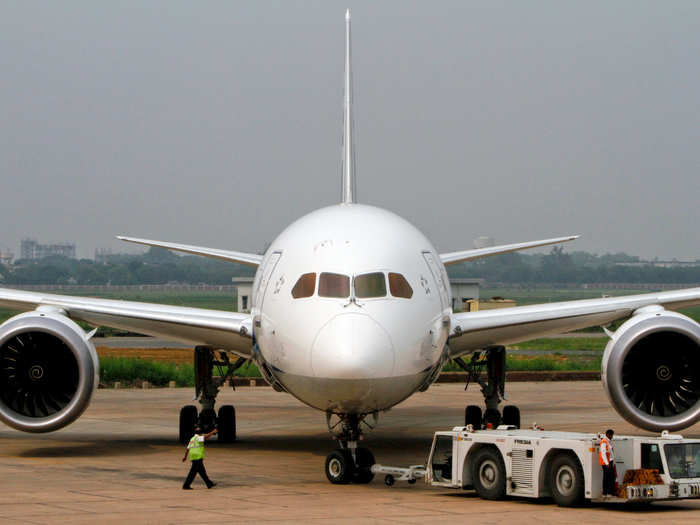
Engine nacelles…
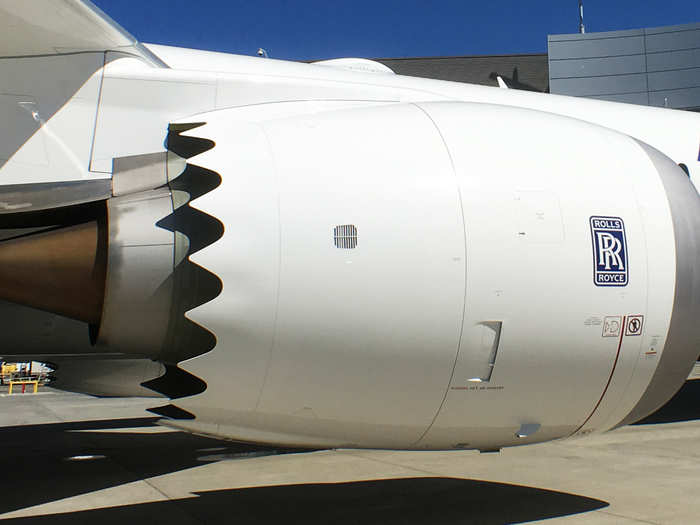
And wings.
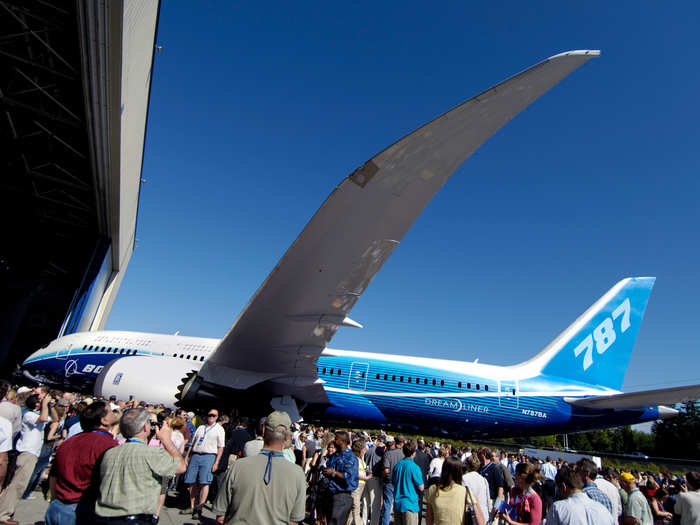
The smaller -8 could seat up to 248 passengers in a two-class configuration and fly up to 7,305 nautical miles, almost the distance between New York and Bangkok.
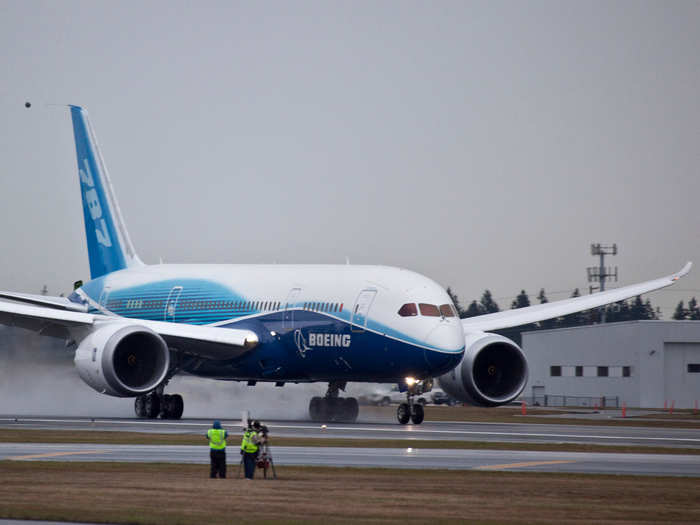
Source: Boeing
On the inside, the Dreamliner promised a spacious cabin with lower cabin altitude pressure allowing higher onboard humidity levels...
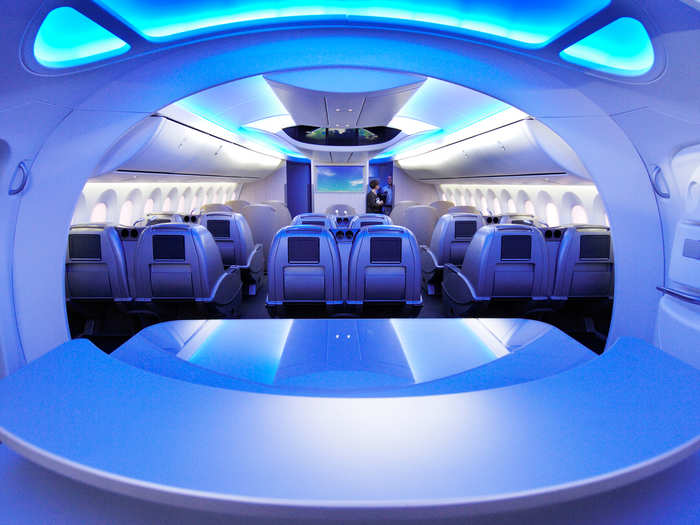
As well as larger windows with dimmers instead of shades,...
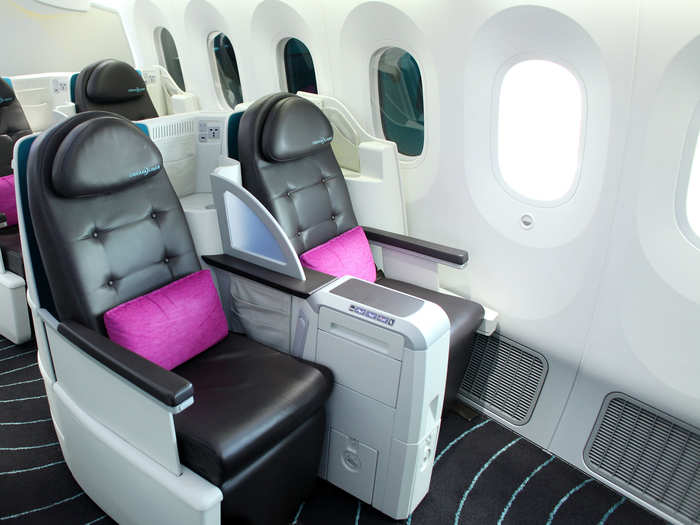
And an ultra-modern cockpit with high-definition displays.
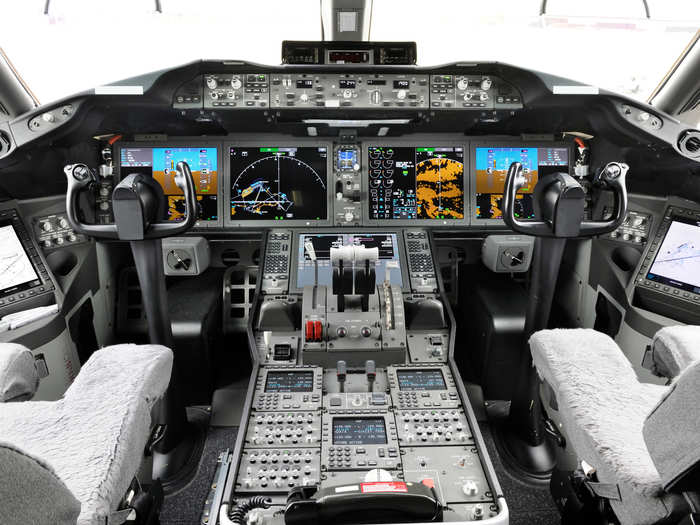
By the time it debuted, the unique aircraft already had over $100 billion in orders for 677 models.
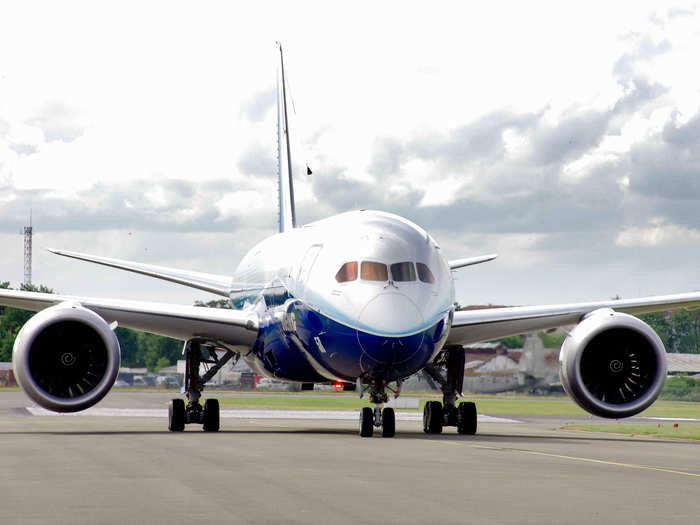
Source: New York Times
The new plane was all set to be delivered to All Nippon Airways in 2008 until Boeing ran into production problems. Issues with the aircraft's suppliers and primary engine manufacturer Rolls Royce had pushed back test flights and the first flight of the aircraft was pushed back until late 2009.
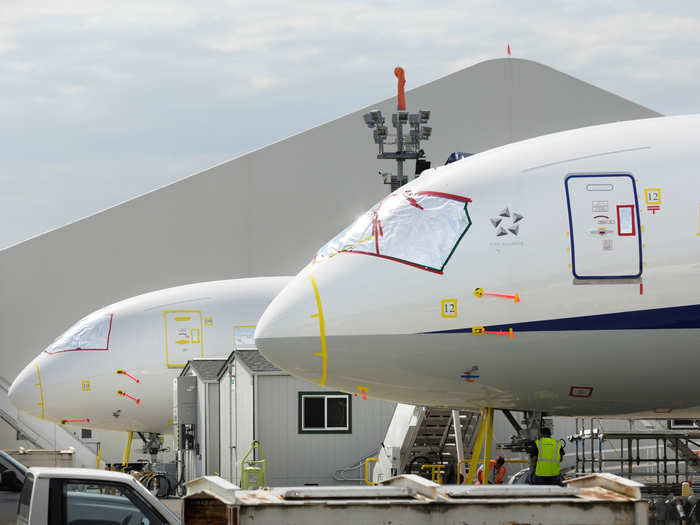
Source: New York Times
The aircraft finally flew for the first time on December 15, 2009, marking the start of the next-generation revolution in aviation and immediately rendering obsolete iconic aircraft like the Boeing 747 and Airbus A380.
Source: Boeing
After a year and a half of test flights, the first Dreamliner was delivered to All Nippon Airways on September 26, 2011, nearly ten years following its order.
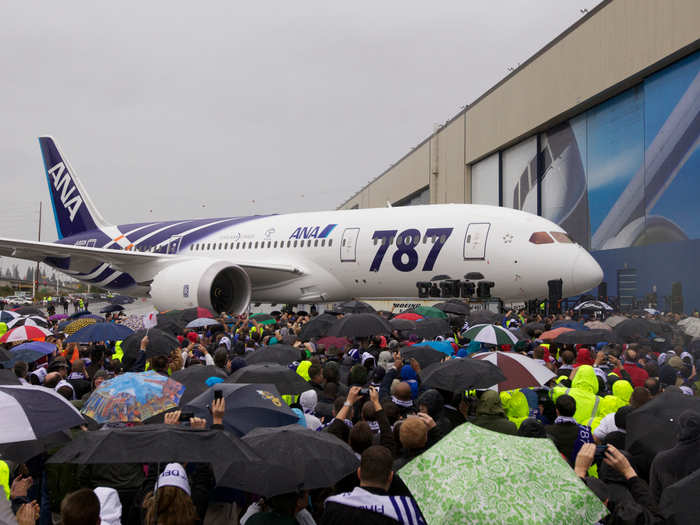
Source: Boeing
All Nippon Airways would be one the Dreamliner's biggest fans, using all three variants to round out its fleet and shunning Airbus' rival offering, the A350 XWB.
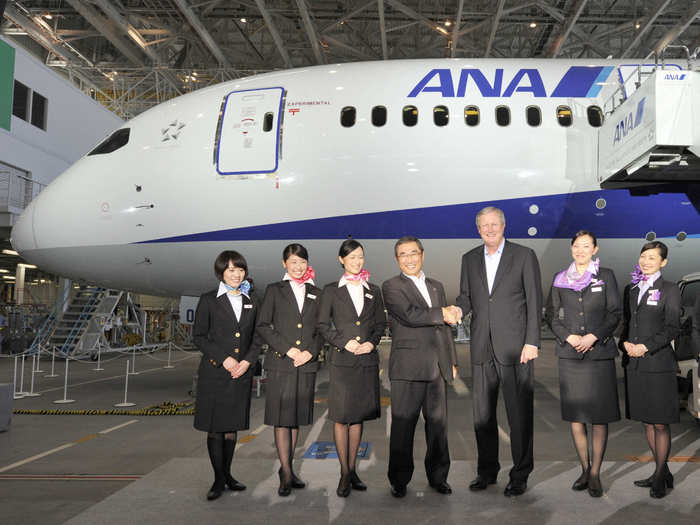
After All Nippon took delivery of the first seven Dreamliners, deliveries to other customers began including Japan Airlines,…
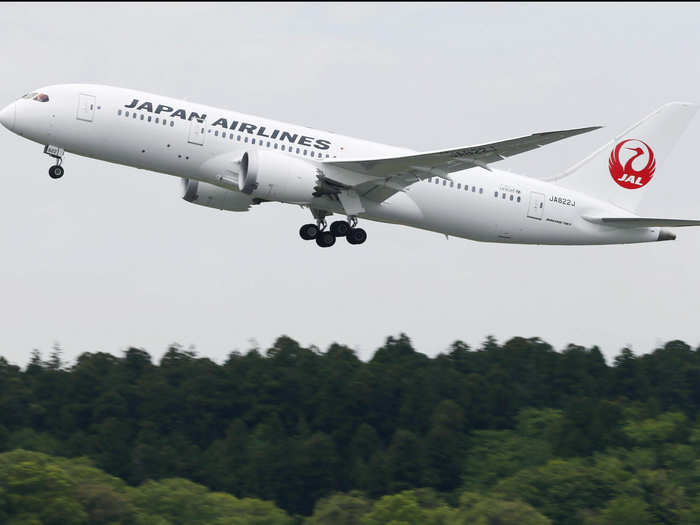
Source: Planespotters.net
Before the -8 was overshadowed by another Boeing newborn, the 787-9. The younger sibling first flew on September 17, 2013, two years after the first-ever Dreamliner flight.
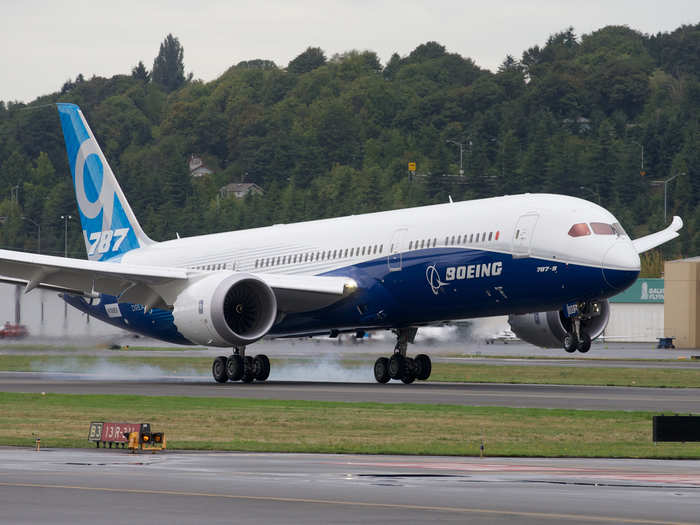
Source: Boeing
The middle child of the family, the -9 was 20-feet longer than the -8, seating up to nearly 300 passengers in a two-class configuration and could fly over 200 nautical miles further than its older sibling.
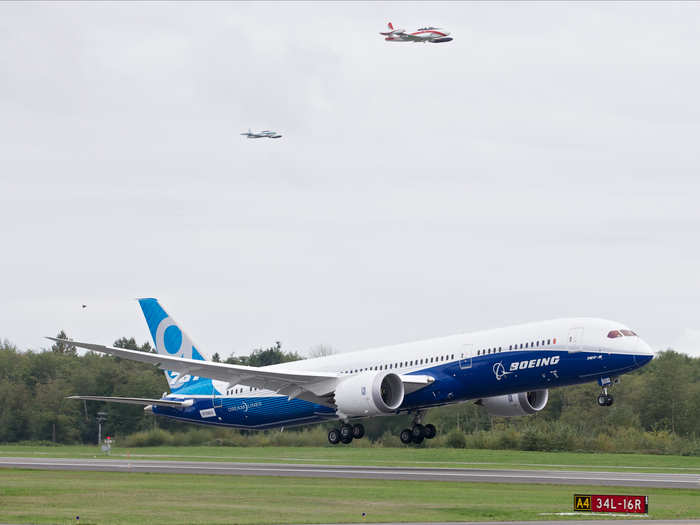
Source: Boeing
This time, Air New Zealand took delivery of the first aircraft, which would become its flagship. The aircraft went on to fly some of Air New Zealand's longest routes, including Auckland-Chicago, and will fly what will be the fifth-longest route in the world between Auckland and Newark, New Jersey in October.
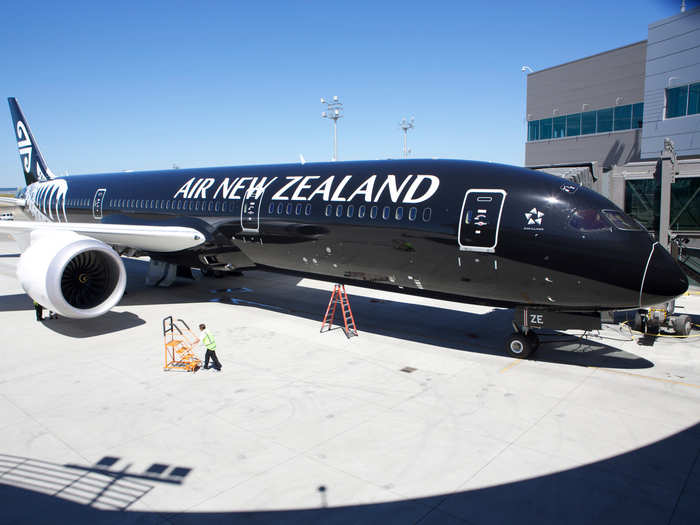
Source: Boeing
Long, thin routes such as the routes Air New Zealand would be using the plane on were exactly the type that Boeing promised that plane would be able to fly, with airlines the world over using the Dreamliner to open up routes to previously unviable markets.

British Airways used the aircraft for a similar purpose, opening up long, thin routes from London to smaller markets in the US including Charleston, South Carolina; Nashville, Tennessee; New Orleans, and Pittsburgh.
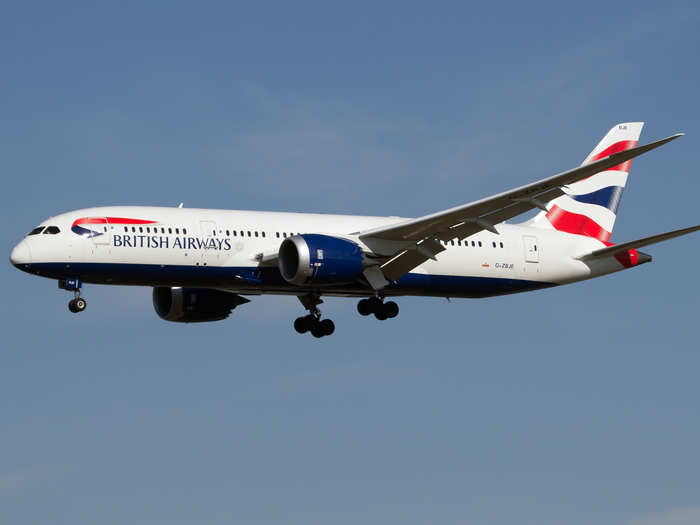
Many of the operators of the -8 jumped onboard the -9 with orders from airlines such as All Nippon Airways…
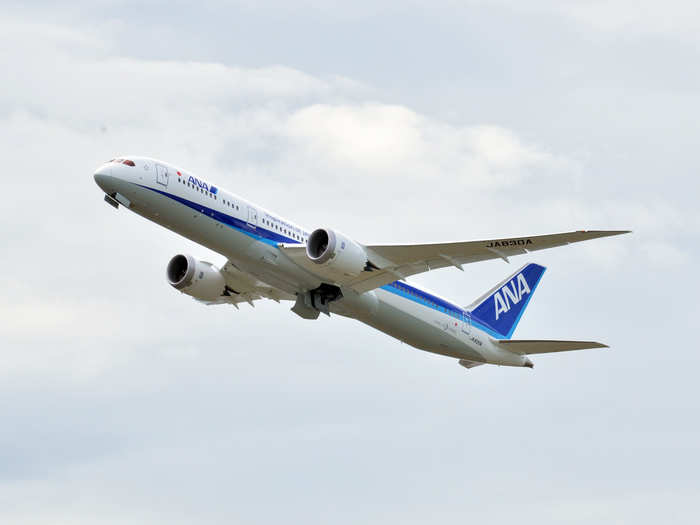
Source: Planespotters.net
But the -9 saw many first time customers purchasing the aircraft besides Air New Zealand, favoring the greater capacity and range, including Virgin Atlantic Airways…
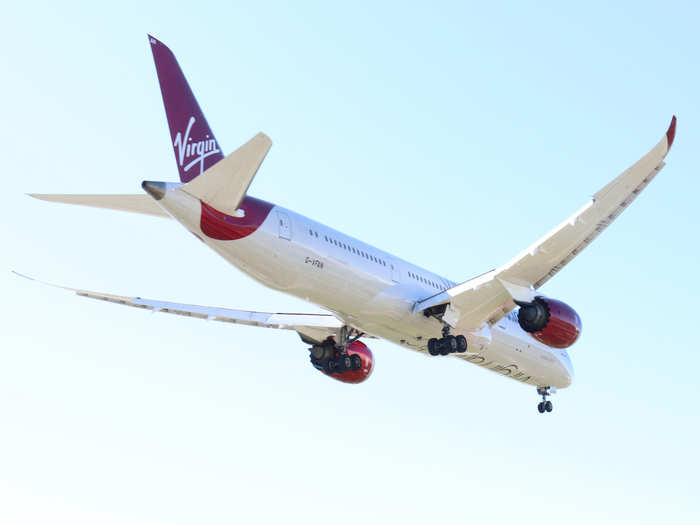
Source: Planespotters.net
The efficiency offered by the aircraft quickly allowed it to dominate the list of world's longest flights and create new ones, including San Francisco-Singapore operated by a United Airlines Boeing 787-9, a 7,339-nautical mile route…
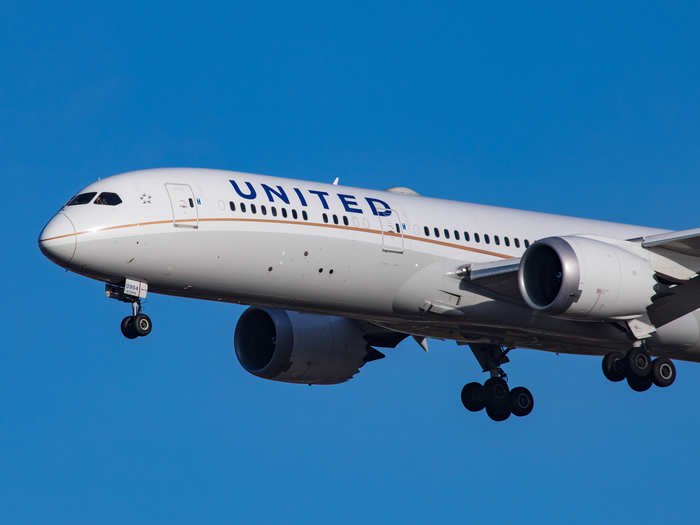
Source: Forbes
Houston-Sydney operated by a United Airlines Boeing 787-9 Dreamliner, a 7,470-nautical mile route…
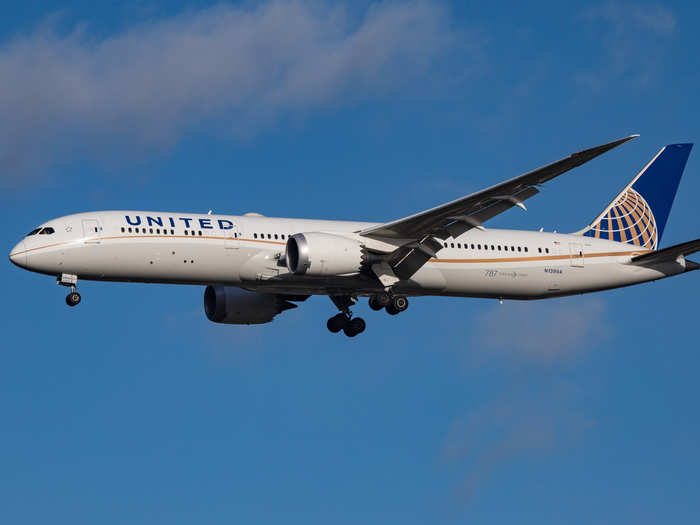
Source: Forbes
And Perth-London operated by a Qantas 787-9 Dreamliner, a 7,829-nautical mile route that became the first nonstop link between Australia and the United Kingdom. Qantas even used the aircraft to test nonstop flights from London and New York to Sydney.
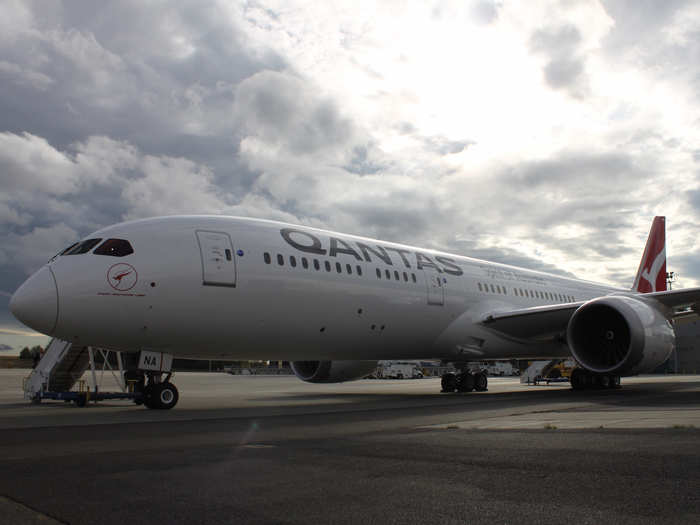
Source: Forbes
The aircraft also sparked a low-cost revolution, with multiple low-cost long-haul carriers adopting the aircraft as a way to bring down operating costs.
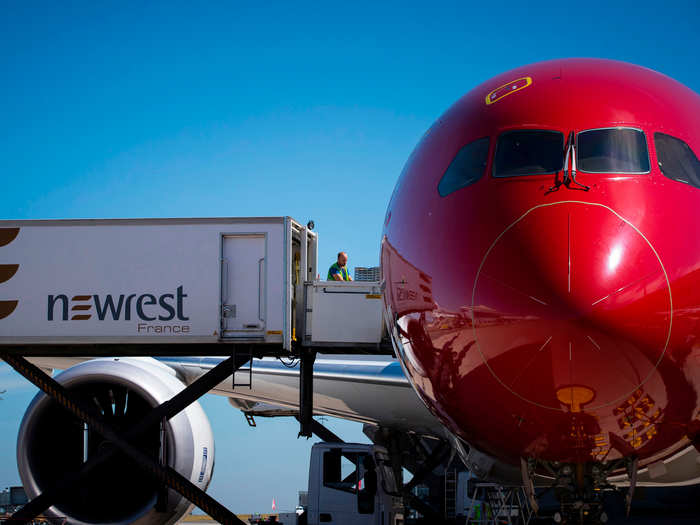
Norwegian Air Shuttle's low-cost long-haul spinoff, aptly named Norwegian Long-Haul, used the aircraft to fly transatlantic routes between Europe and North America with advertised fares as low as $99 for a base ticket.
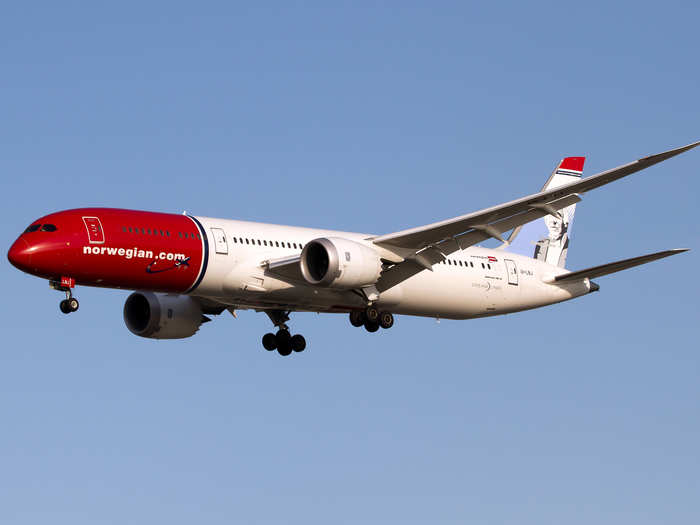
Other low-cost airlines that followed suit in their respective regions by adopting the aircraft included Scoot and Jetstar.
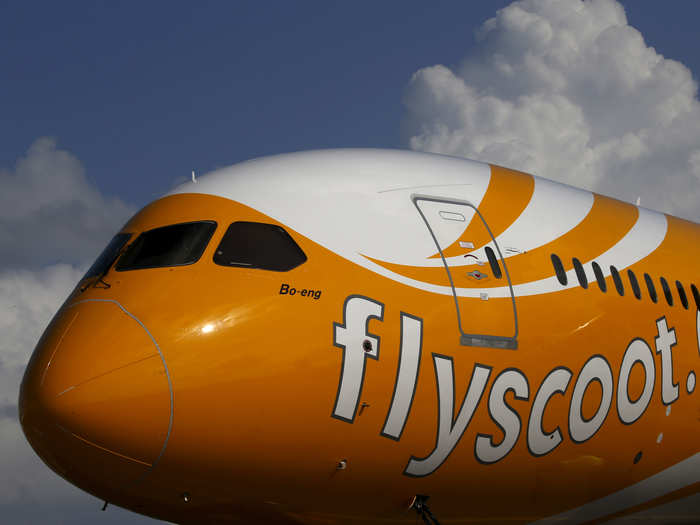
The final and largest Dreamliner variant, the 787-10, took the skies on March 31, 2017, six years after the first variant did so in 2011
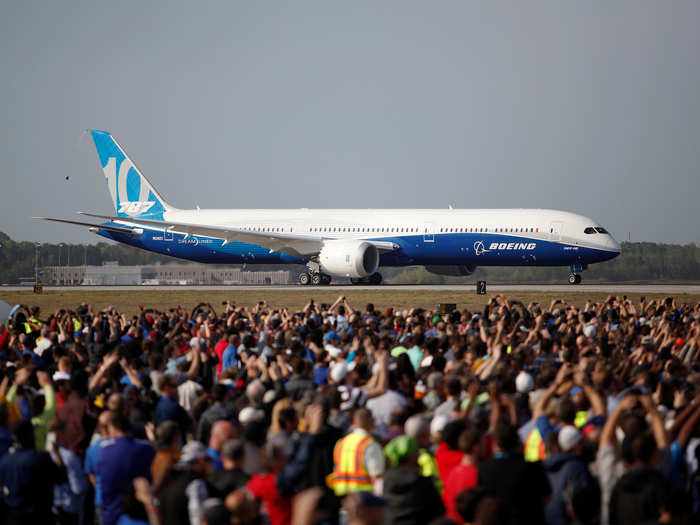
Source: Boeing
The 787-10 is 18 feet longer than the -9 and 38 feet longer than the -8, able to seat over 330 passengers in a two-class configuration, but only able to fly as far as 6,345 nautical miles.
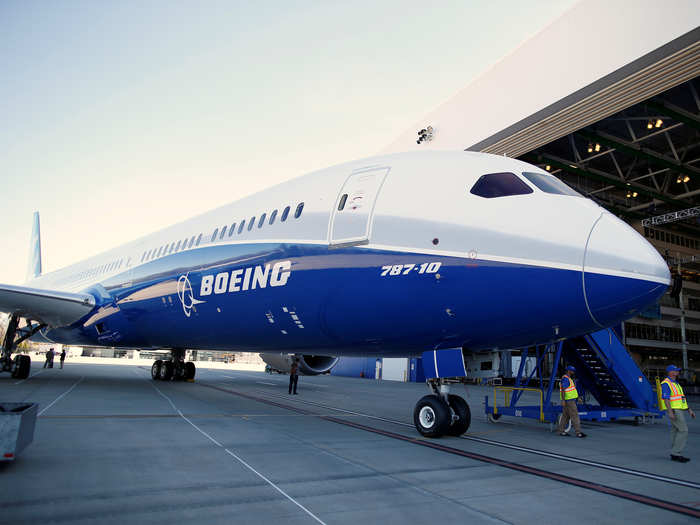
Source: Boeing
The first 787-10 was delivered to Singapore Airlines on March 25, 2018, and the full Dreamliner family was operating passenger flights all over the world soon after.
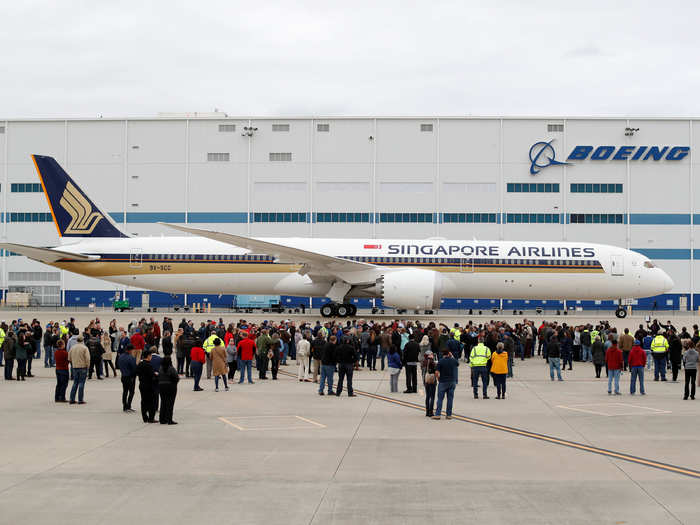
Source: Boeing
United Airlines became the first and only US operator of all three variants in 2018, with the airline being an early adopter of the 787-8 and subsequently taking delivery of each additional variant as they became available.
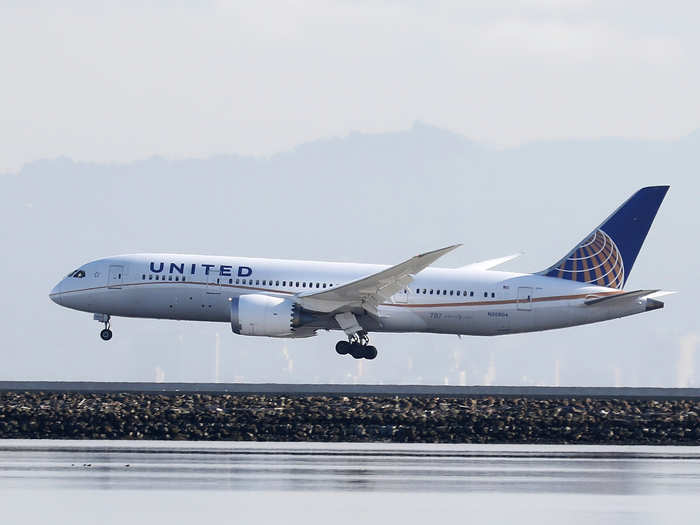
Despite its success, the 787 was not without its issues as the -8 fleet was grounded in 2013 following a series of issues and malfunctions with the aircraft's battery.
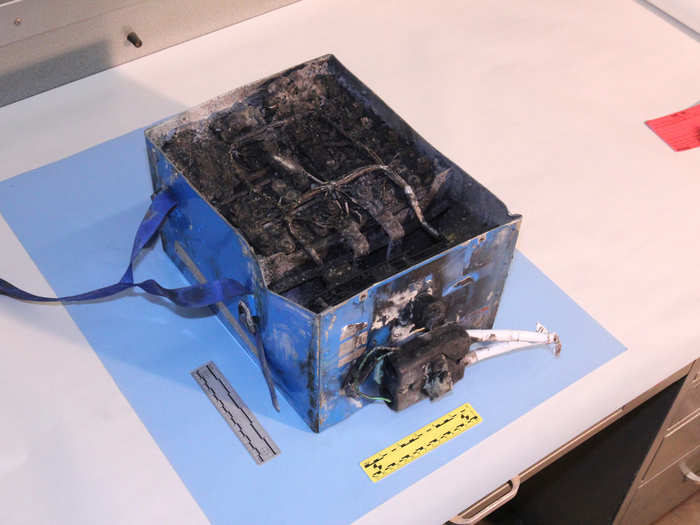
Source: New York Times
The grounding only lasted four months, but permanently scarred the 787's entry into service after images like this one of an ANA 787 making an emergency landing circulated.
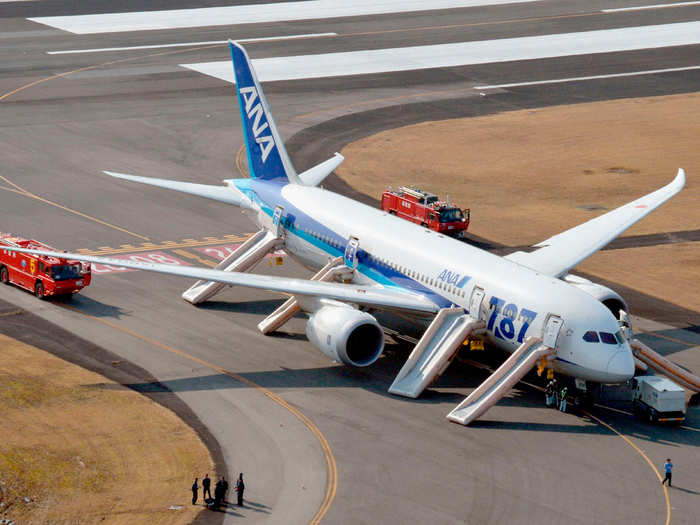
Source: FlightGlobal
Once that issue was resolved, another arose in the aircraft's Rolls Royce Trent 1000 engines, where parts of the engine were cracking.
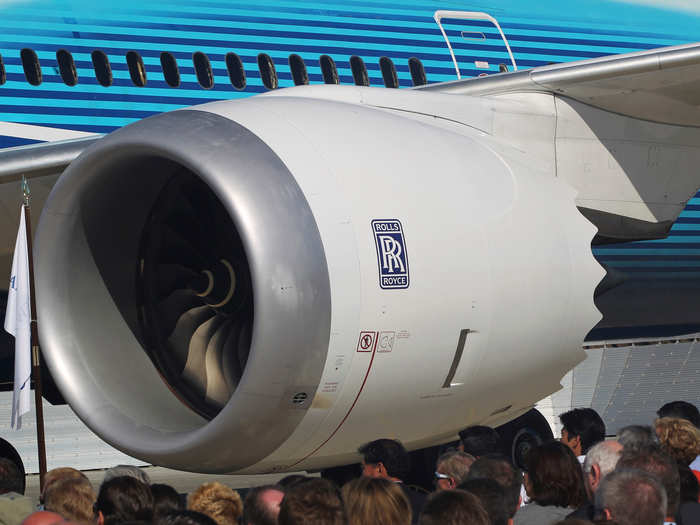
Source: CNBC
The issue, which is ongoing, has cost Rolls Royce over $1 billion and grounded 787 fleets equipped with the manufacturer's engines, crippling numerous airline fleets and forcing airlines to spend millions on leased aircraft.
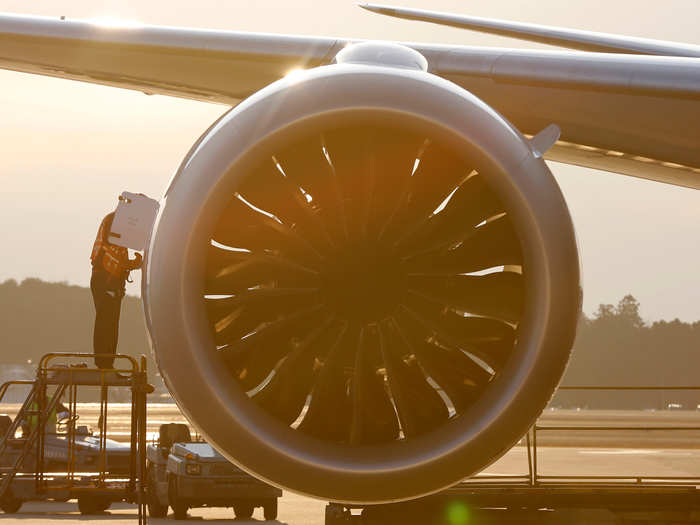
Source: CNBC
Despite its issues and initial unprofitability, the Dreamliner has grown to be one of Boeing's best-sellers with over 1,400 orders.
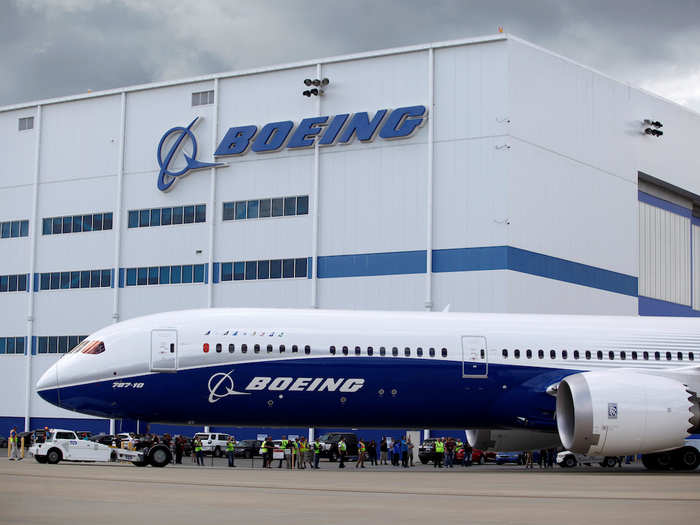
Source: Wall Street Journal
Once word of the Dreamliner and its next-generation capabilities was announced, rival manufacturer Airbus also jumped into the market and began developing the A350 XWB and later, the Airbus A330neo, the 787's main competitors.

The Dreamliner was first to the market, however, and its legacy can be seen at every major airport with airlines all over the world on every populated continent adopting the type.

Most importantly, its legacy can be seen in Boeing’s newest aircraft, the 777X, which takes some of the technology employed on the Dreamliner.
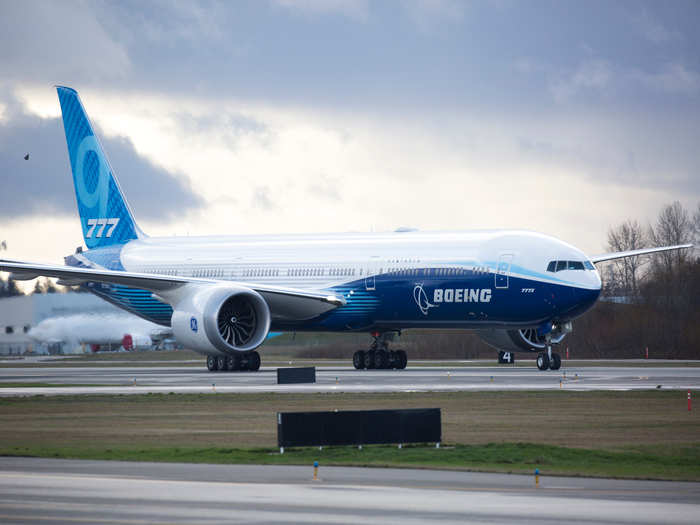
Popular Right Now
Popular Keywords
Advertisement
